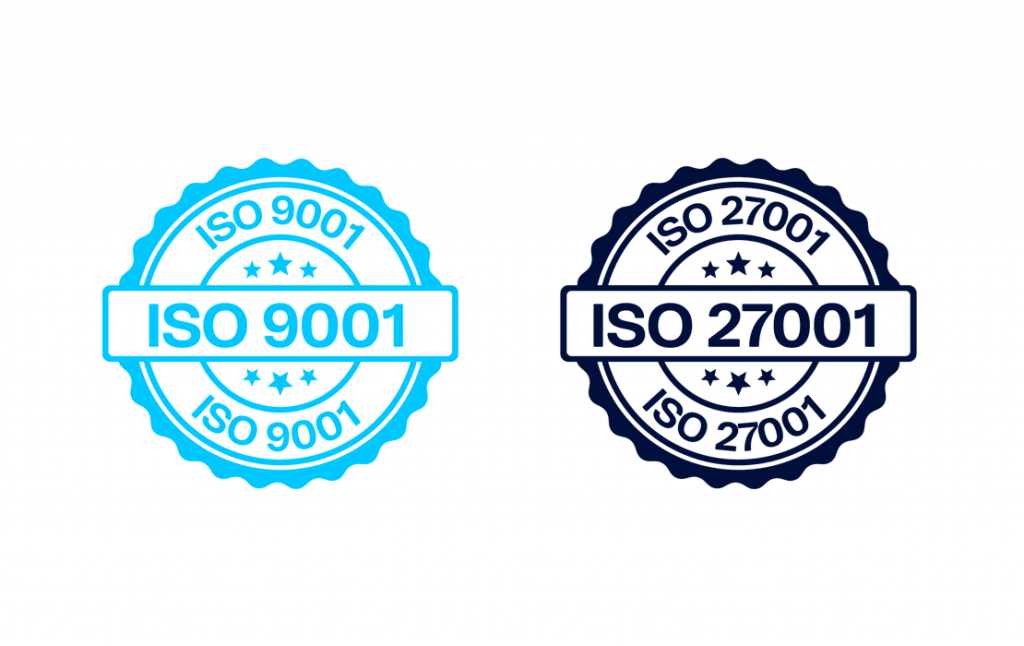The IoT is revolutionizing industries across the globe, and the transportation & logistics sector is no exception. Fleet telematics is just one example of how businesses are leveraging connected devices and real-time data to optimize operations, reduce costs, and improve safety.
But the possibilities extend far beyond managing fleets. Discover how IoT is transforming various industries by exploring our comprehensive collection of IoT use cases across transport & logistics, manufacturing, smart cities, and utilities. See how businesses are using connected technology to achieve real-world results.
Fleet telematics gathers data from sensors, GPS and vehicle or asset systems and communicates to give fleet managers full visibility into their operations. Functions such as engine diagnostics, odometer readings, vehicle status, driver behaviour, route planning and optimization, fuel monitoring and downtime are analyzed to provide rich operational insights. Logistics companies rely on accurate, timely data on their capacity from telematics fleet tracking to efficiently schedule and reschedule vehicles and assets to adapt to the dynamic demands that arise on a daily basis.
100M Units
US$ 84B
Telematics Market Cap in 2032
14 %
Annual growth rate 2023
The installed base is growing with more than 100 million units of aftermarket and OEM-installed telematics systems deployed in 2022. The global commercial telematics market is expected to exceed US$84 billion in 2032 with local delivery, government and construction businesses among the largest adopters, seeing compound annual growth rates of 14%,13,5% and 12.3% respectively between 2023 and 2032.
Fleet tracking telematics solutions help ensure the timely delivery of goods and services by combining GPS and mobile technology with vehicle and logistics systems. Vehicle diagnostics and communication systems are used to provide a complete view of vehicle location, health and performance, allowing data-driven insights to be communicated and decisions to be made from route optimization to scheduled maintenance.
Fleet operators are faced with route inefficiencies, fuel wastage and downtime caused by inefficient vehicle maintenance. Fleet management connectivity can help minimize or eliminate these issues, providing better customer service and improving employee safety. By enabling real-time, accurate insights, IoT fleet tracking lets managers know where vehicles are, how they are performing and if changes are needed.
If one vehicle is behind schedule, for example, another can be switched to support a route or task. If another vehicle will soon need to be maintained, that can be scheduled at the least inconvenient time. Significant costs can be saved by optimized routing to avoid wasted fuel consumption and engine run-time.
Specific applications and use cases for fleet management tracking capabilities include:
Fleet telematics depends on being able to robustly and securely communicate data from vehicle and asset systems for analysis and to enable fleet managers to take action. The mobility of fleets means that cellular connectivity, and cellular IoT technologies in particular, are the most popular connectivity types selected. Typically, cellular networks are ubiquitous on land and there are numerous failover solutions to ensure uninterrupted connectivity. The story on sea is different with satellite options often chosen but the length of sea journeys means fewer route planning issues arise needing rapid responses.
On land, cellular technology selection depends on local market availability and the specific needs of the telematics use case. A van operating a multi-drop deliver route in an urban area, for example, will need to communicate far more frequently and with greater urgency than a single asset being transported over a long distance which only needs to update its location sporadically.
The richness and data volume of the communication payload will also need to be assessed. Simple notifications of location demand only low bandwidth in comparison to highly granular information on driver behavior, load status or over-the-air vehicle upgrades.
Fleet operators therefore need to assess their connectivity requirements taking into account where they will operate, what they will communicate and the lifespan of their vehicles and assets. With 2G and 3G networks set to retire, the cellular focus in on 4G and 5G connectivity. 4G has a range of LTE variants able to support telematics and has near-complete coverage in developed markets. In contrast, 5G capacity is still under construction away from large cities so this may not provide a comprehensive solution yet.
Fleets operating in major cities may find the low latency and high throughput of 5G optimal while long distance vehicles operating in sparsely populated areas may find even 4G unsuitable for their needs. The good news is that connectivity shouldn’t be a limitation for telematics fleets. The optimal cellular solutions can be selected alongside alternatives such as satellite or lower performance cellular options to ensure uninterrupted coverage.
As a highly-experienced provider of IoT fleet connectivity, Telenor IoT managed connectivity services provide access to a local mobile network or to more than 500 networks across the world. Fleets often cross borders and assets move between regions so global IoT connectivity can be an essential requirement for uninterrupted fleet telematics. Telenor IoT is an expert at helping you scale your business with global IoT connectivity using all types of cellular connectivity technologies.
You can explore more on the IoT Logistics case studies page, including customer cases with smart shipping containers, construction machinery, and connected logistics units for the global freight industry, or download Telenor´s Customer Cases booklet.
The convergence of IoT and fleet telematics, powered by cellular IoT connectivity and GPS positioning capabilities, presents unprecedented opportunities for organizations that need to manage their fleets. By adopting managed connectivity services and using global IoT SIM cards, businesses can unlock new levels of operational and cost efficiency while achieving compliance with regulations and reducing their environmental impact.
Telenor IoT, with our connectivity solutions and IoT experience, is ready to help you overcome fleet telematics challenges and unleash the full potential of your fleet.
Fleet telematics refers to the use of IoT technology to monitor and manage commercial vehicle fleets, enabling real-time tracking, predictive maintenance and operational optimization.
IoT connectivity facilitates seamless data transmission, enabling businesses to monitor vehicle performance, optimize routes and enhance overall fleet efficiency.
Global IoT SIM cards provide reliable connectivity for fleet management solutions, ensuring continuous communication between vehicles and centralized management systems.
Yes, IoT fleet tracking solutions enable businesses to enhance driver safety through real-time monitoring, behavior analysis and proactive safety measures.
Integrating IoT in commercial fleet operations offers benefits such as improved fuel management, optimized logistics and enhanced operational insights, leading to cost savings and regulatory compliance.
Ready to simplify your IoT deployment? Talk to our connectivity experts!


